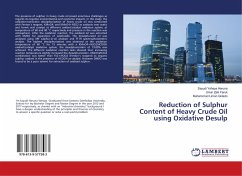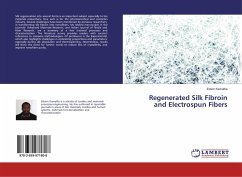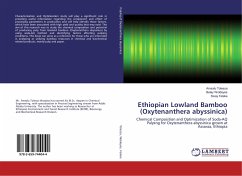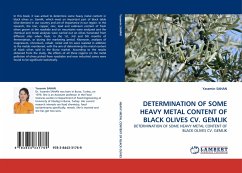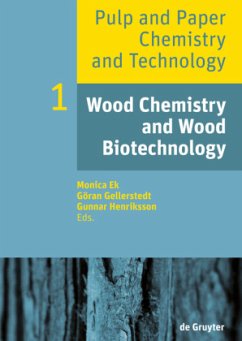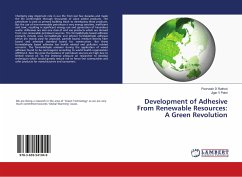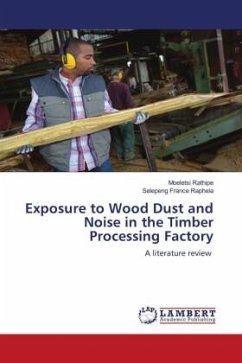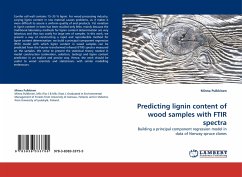
Predicting lignin content of wood samples with FTIR spectra
Building a principal component regression model in data of Norway spruce clones
Versandkostenfrei!
Versandfertig in 6-10 Tagen
32,99 €
inkl. MwSt.

PAYBACK Punkte
16 °P sammeln!
Conifer cell wall contains 15 35 % lignin. For wood processing industry, varying lignin content in raw material causes problems, as it makes it more difficult to assure a uniform quality of end products. Yet variation in lignin content in trees has been studied only little, mainly because the traditional laboratory methods for lignin content determination are very laborious and thus too costly for large sets of samples. In this work, we present a way of constructing a rapid and reproducible method for lignin content determination: we build a principal component regression (PCR) model with whic...
Conifer cell wall contains 15 35 % lignin. For wood processing industry, varying lignin content in raw material causes problems, as it makes it more difficult to assure a uniform quality of end products. Yet variation in lignin content in trees has been studied only little, mainly because the traditional laboratory methods for lignin content determination are very laborious and thus too costly for large sets of samples. In this work, we present a way of constructing a rapid and reproducible method for lignin content determination: we build a principal component regression (PCR) model with which lignin content in wood samples can be predicted from the Fourier-transformed infrared (FTIR) spectra measured on the samples. We strive to present the statistical theory needed in model construction (estimation, selection, testing) and lignin content prediction in an explicit and precise way. Hence, the work should be useful to wood scientists and statisticians with similar modelling endeavours.




